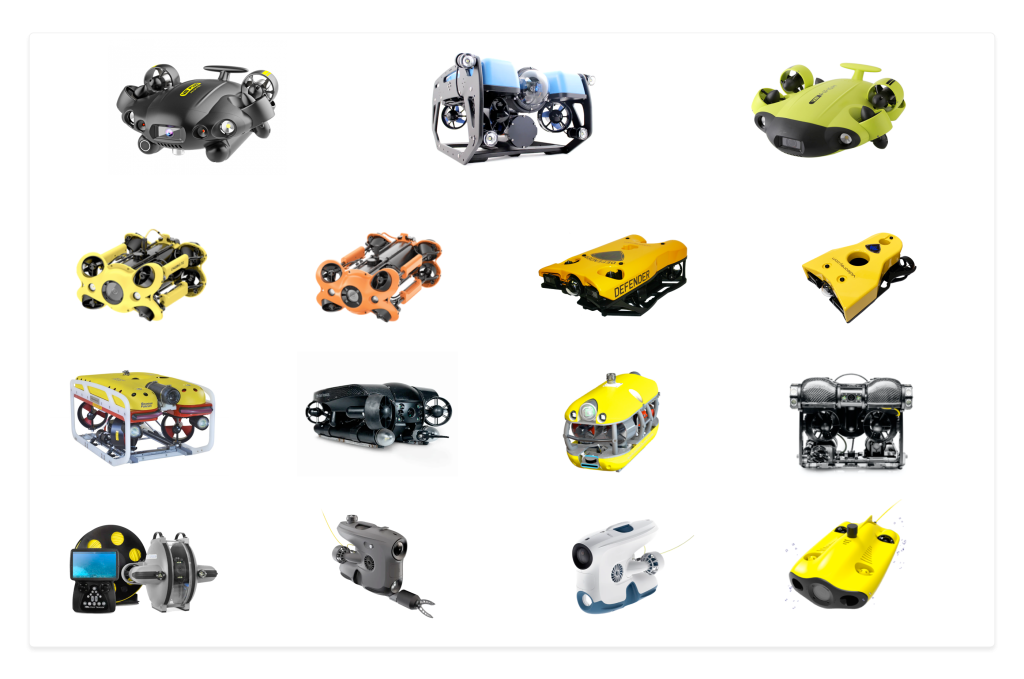
ROV Stability: The Importance of ROV stability for Aquaculture Inspection
ROV stability is essential for accurate and efficient video recording of fish and cage holes in aquaculture. The stability of an ROV can be affected by factors such as water currents, turbulence, and thruster configuration. The stability of an ROV can be improved by incorporating features such as active pitch and roll control, which helps to maintain the ROV’s orientation and position even in rough water conditions.
ROV stability can also be affected by other factors, such as the weight distribution of the ROV and its payload and the design of the thruster system. The placement and orientation of the thrusters can also impact stability, with some ROVs utilizing multiple thrusters along different axes to provide greater stability and control. In addition to active pitch and roll control, some ROVs may incorporate features such as depth control or station keeping, which further enhance stability and precision in video recording.
However, even with advanced stability features, the skill of the ROV operator is important in maintaining the stability of the ROV during video recording. A skilled operator can anticipate changes in water currents and adjust the ROV’s position and orientation accordingly to maintain stability.
Therefore, while ROV stability features are important for efficient and accurate video recording in aquaculture, the skill and experience of the operator result in high-quality video recordings that can bring success in AI video analysis of the fish and nets inspections.

